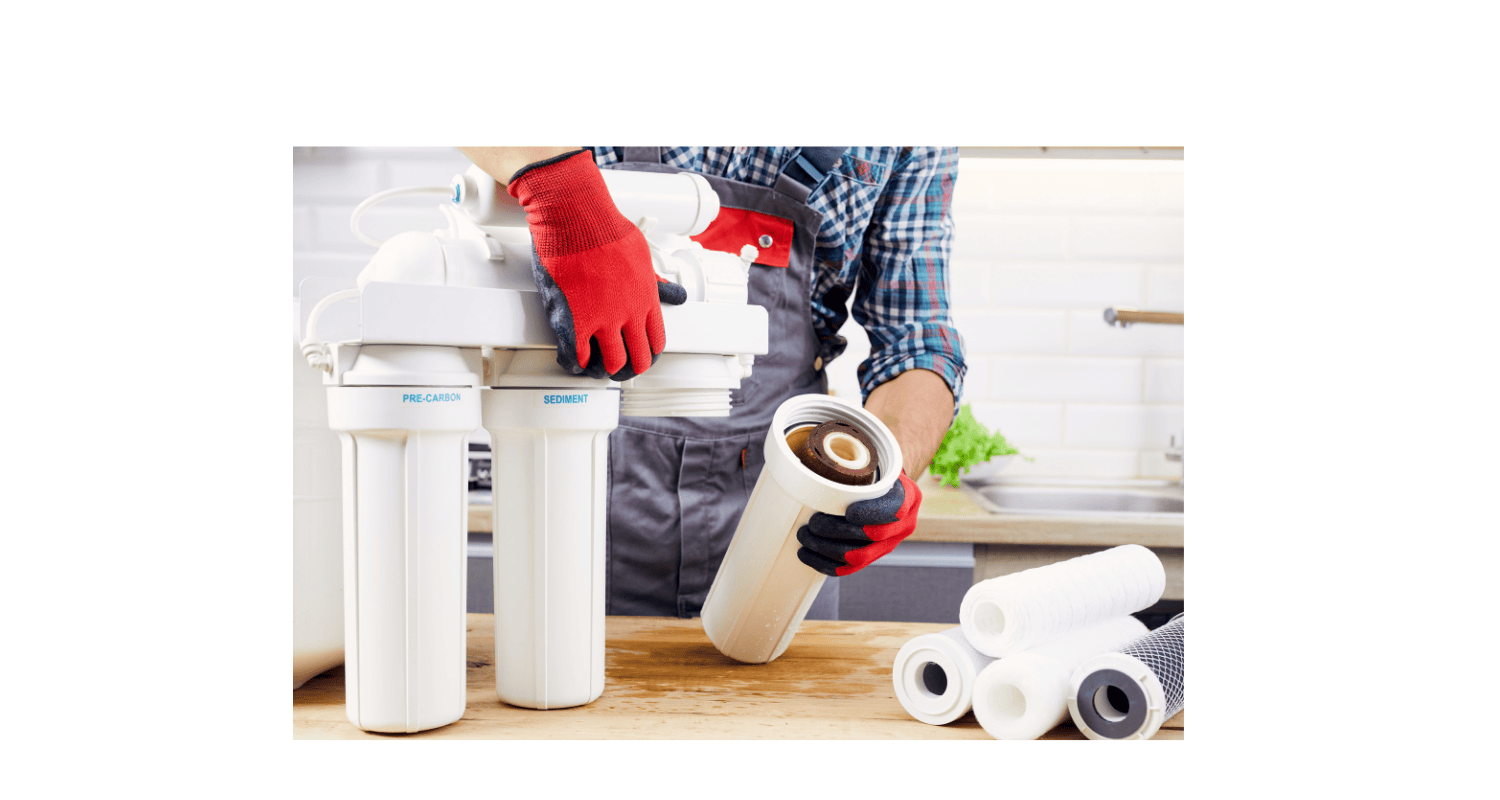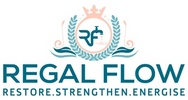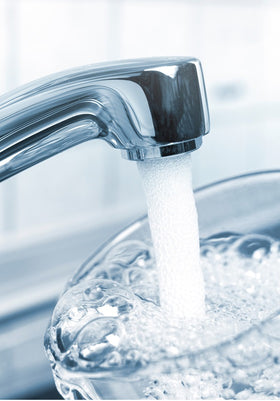
Are Reverse Osmosis Filters Universal? The Truth Behind the "One-Size-Fits-All" Myth
So, are reverse osmosis filters universal? Short answer: not exactly! While some systems fit many setups, things like water pressure and membrane type make a difference. In Reverse Osmosis FAQs: Answers to Common Questions, we cover everything you need to know—so whether you're eyeing countertop dispensers or full systems, we've got you covered with tips to find the perfect match for your home!
The Common Misconception: Universal RO Filters
Why Many People Search for "Universal" Options
The idea of a "universal" reverse osmosis filter sounds incredibly appealing. Imagine being able to replace your filter with no fuss—just pick a new one, pop it in, and voilà, clean water. Many homeowners are drawn to this simplicity, hoping for a quick fix without the headache of figuring out which filter fits their system. After all, when something is marketed as "universal," it promises convenience, right? But the truth is, when it comes to water filtration, "universal" doesn't always mean "easy"—or even "effective." Water systems are more complex than we realise, and the wrong filter can lead to some serious headaches. That "one-size-fits-all" dream? It’s not as straightforward as it sounds.
Understanding the Desire for Easy Replacement
Who doesn’t want an easy fix when it comes to something as important as water quality? The quest for a simple, universally compatible filter often stems from frustration. Changing your filter regularly should be a quick, easy task, but the number of options available and their complex specifications can feel overwhelming. People just want a hassle-free way to ensure their water stays clean without spending too much time or energy on research. But unfortunately, when it comes to reverse osmosis systems, taking shortcuts in filter selection can backfire. We'll get into why that's the case in just a moment.
The Reality: Limited Interchangeability Among RO Filters
Variations in Size and Dimensions are Common
Here's the first thing to remember: not all filters are the same size. While there are "standard" sizes, even slight differences in length or width can make a big difference when it comes to fitting. Think of it like trying to squeeze a square peg into a round hole—just because two filters look similar doesn’t mean they’ll fit in your system. Some RO systems require filters that are made specifically to fit their size, so assuming a filter will be "universal" based solely on its size is a risky move.
Different Connection Types and Fittings
Next up: connections. No, not the kind that involve a handshake or a cup of tea, but the types of fittings that connect your filter to your reverse osmosis system. Filters can come with different connection styles—threaded, push-fit, quick-connect, or even proprietary designs made only for certain brands. If your filter doesn't match your system’s connection type, you’ll have a tough time getting it to work. Imagine trying to plug a USB-C cable into a USB-A port—frustrating, right? The same goes for your filter and system connections.
Specific Performance Ratings and Micron Sizes
RO filters vary in terms of performance, too. Each filter is designed to remove specific contaminants based on its micron size. So, while one filter may do an excellent job at removing chlorine, another might be designed to target heavy metals or fluoride. If the filter doesn’t match the filtration needs of your system, it could leave harmful substances in your water, and that’s the last thing you want.
Key Factors That Determine RO Filter Compatibility
Size and Length: Standard Sizes (e.g., 10-inch) vs. Proprietary Dimensions
Let's break it down: while many filters come in "standard" sizes, like the common 10-inch variety, some systems use proprietary dimensions. These custom sizes ensure a tight fit for better filtration, but they also mean you can't just pick up any filter and expect it to work. It’s like buying a new phone case that says it’s for "all smartphones"—but then realising it’s only designed for one specific brand.
Diameter: Ensuring a Proper Fit Within the Housing
It’s not just the length that matters. The diameter of your filter is just as important. If your new filter is too wide or too narrow, it won’t fit into the housing correctly, and you’ll end up with leaks or poor filtration. Proper dimensions are essential to make sure everything fits snugly.
Connection Type: Threaded, Push-Fit, Quick-Connect, and Proprietary Fittings
Earlier, we mentioned the importance of connection types. Some filters use threaded connections, while others use push-fit or quick-connect fittings. And, of course, some brands have their own proprietary systems. If your system and filter have incompatible connection types, you’ll either need adapters (which aren’t always reliable) or the right filter to begin with. Getting this wrong can lead to serious headaches.
Micron Rating: Matching the Required Filtration Level for Each Stage
Micron ratings refer to the size of the particles a filter can trap. Different stages of your reverse osmosis system require filters with different micron sizes to effectively remove specific contaminants. Using a filter that doesn’t match your system’s requirements can reduce its efficiency and leave pollutants in your water.
Flow Rate (GPD for Membranes): Ensuring Compatibility with System Pressure
Flow rate, measured in gallons per day (GPD), is crucial for determining how quickly your RO system processes water. If your new membrane has a flow rate that doesn't match your system’s pressure, the entire filtration process could slow down. Incompatible flow rates might lead to poor water pressure and inefficient filtration, leaving you with slower or less effective water purification.
Brand-Specific Designs: Many Manufacturers Use Unique Cartridge Styles
Finally, many manufacturers use unique filter cartridge styles that are designed to fit only their brand of system. While it might be tempting to go for a cheaper, "universal" option, doing so can result in a filter that doesn’t perform as effectively as the brand-specific alternative. It’s a bit like trying to fit a knock-off part into a luxury car—it might fit, but it’s not going to run smoothly.
Why Using the Wrong RO Filter Can Be Problematic
Leaks and Potential Water Damage
First off, using the wrong filter could lead to leaks. These leaks can damage your system and cause water to pool under your sink or in your kitchen. And let’s be honest: no one wants to deal with water damage.
Ineffective Filtration and Compromised Water Quality
Secondly, using an incompatible filter can lead to ineffective filtration. This means your water might not be as pure as it should be, which defeats the purpose of having a reverse osmosis system in the first place. Poor filtration might leave contaminants in your water, affecting its taste and safety.
Damage to Your RO System Components
The wrong filter could also cause damage to your RO system’s components. If the filter doesn’t fit properly, it can cause blockages, leaks, or even damage to the system’s internal components, leading to expensive repairs or replacements.
Voiding Your System's Warranty
Lastly, many RO systems come with warranties that are voided if you don’t use the correct filters. So, by choosing an incompatible filter, you could be putting your warranty at risk—meaning you're left footing the bill for any future repairs.
Navigating RO Filter Replacement: How to Find the Right Fit
Identify Your RO System's Brand and Model Number
Start by identifying your RO system’s brand and model number. This is your first step to finding the correct filter. It’s like knowing the make and model of your car before buying parts—it ensures you’re getting what you need.
Consult Your System's User Manual for Specific Filter Requirements
Your system’s user manual should provide specific details on the types of filters it requires. Don’t skip this step—it’s your best chance of getting the right filter and avoiding unnecessary mistakes.
Carefully Examine Your Existing Filters for Part Numbers and Specifications
Take a good look at your existing filters. They should have part numbers and specifications printed on them that can help you find a suitable replacement.
Measure Your Old Filters to Ensure Correct Dimensions
If you're unsure, measure your old filters. Ensuring that the length and diameter match will give you peace of mind before purchasing a new one.
Purchase Replacement Filters from Reputable Suppliers or the Original Manufacturer
Finally, always buy replacement filters from trusted suppliers or the original manufacturer. This ensures you're getting a filter that's designed to work with your system.
Are There Any Truly "Universal" Aspects?
The Concept of "Standard" 10-inch Filters - Understanding the Nuances
Some filters, like the "standard" 10-inch variety, might seem universally compatible. However, even these come with nuances that can affect their fit and performance. It’s essential to understand the finer details before assuming compatibility.
Generic vs. Brand-Specific: Weighing Cost and Compatibility
While generic filters might save you a few pounds, they may not match the quality or compatibility of brand-specific options. It’s important to weigh the cost savings against potential issues like leaks or poor filtration.
The Importance of Matching Basic Specifications
Even when dealing with "standard" sizes, it's crucial to match the basic specifications—micron rating, flow rate, and fitting type—to ensure proper compatibility and efficient filtration.
Conclusion: Prioritising Correct Filter Compatibility for a Healthy RO System
When it comes to reverse osmosis filters, there’s no such thing as a true "universal" fit. Understanding your system’s specific requirements and selecting the right filter is vital to ensure efficient filtration and avoid potential damage to your system. Always prioritise compatibility over convenience, and your RO system will serve you well for years to come.
More Reverse Osmosis info we think you'll love
Are Reverse Osmosis Filters Interchangeable?
Are Reverse Osmosis Systems Safe?
Are Reverse Osmosis Systems Worth It?
Can Reverse Osmosis Water Cause Constipation?
Can Reverse Osmosis Water Cause Diarrhoea?
Can Reverse Osmosis Water Dehydrate You?
Is Reverse Osmosis Water Bad for your Health?
Why is Reverse Osmosis Water Good for You?
Why do Reverse Osmosis Systems Waste Water?
Why Does My RO System Keep Draining?
Why is my Reverse Osmosis System Leaking?



Leave a comment